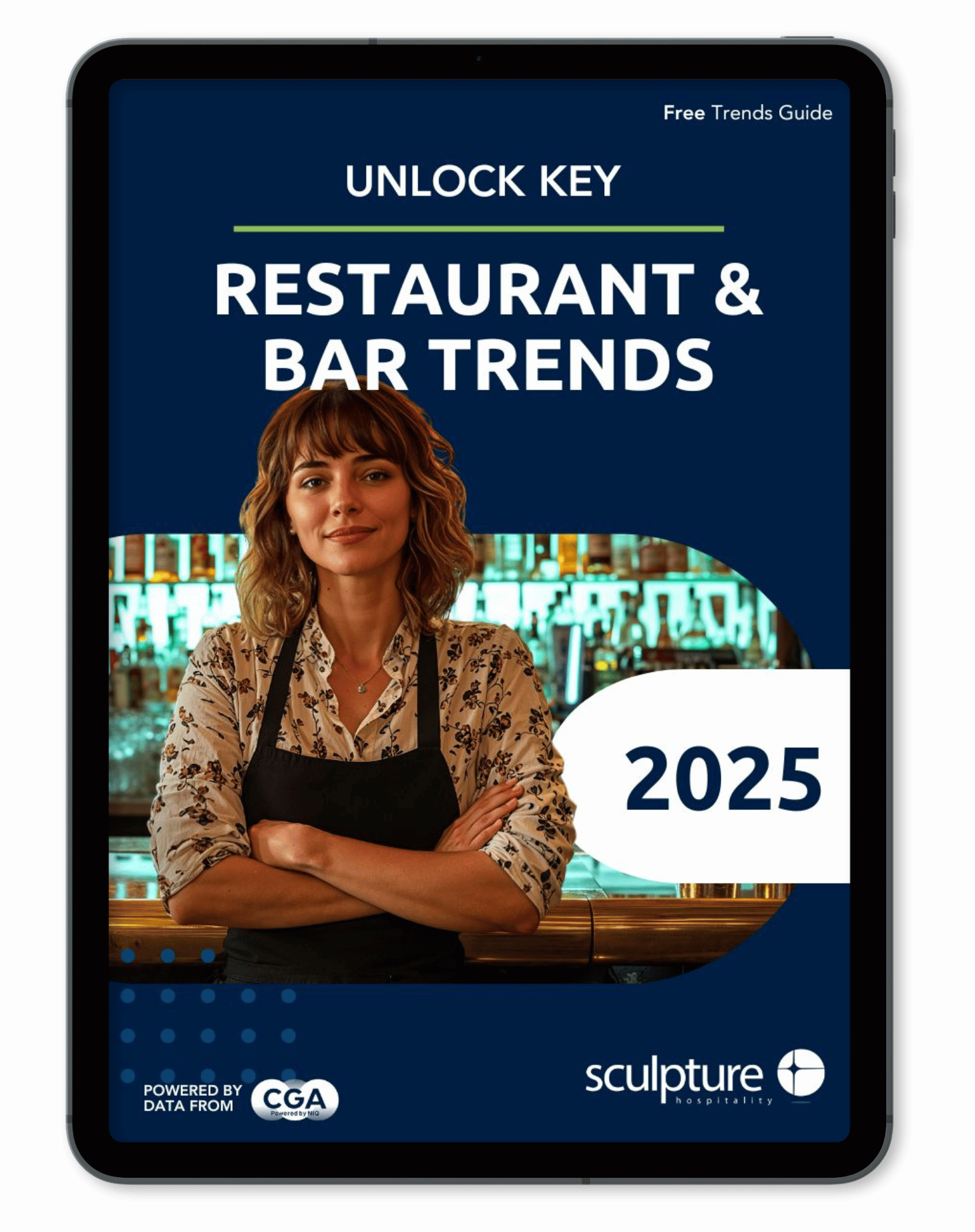Running a successful bar or restaurant starts with understanding all your expenses. In fact, the financial health of your business largely depends on how well you manage your inventory and both fixed and variable costs. These two expense types form the foundation of your budget, and if you’re not tracking them carefully, they can directly impact your bottom line.
In this blog, we’ll break down fixed costs and variable costs in simple, practical terms and show you how inventory strategies like FIFO (First-In, First-Out) can help reduce waste and improve margins
What Are Fixed and Variable Costs?
Every expense in your business falls into one of two categories:
- Fixed costs are consistent, recurring expenses that don’t change, no matter how many customers walk through your doors. Think rent, insurance, licenses, possible property taxes, and salaries for full-time staff.
- Variable costs, on the other hand, change based on how busy your restaurant or bar is. These include food and beverage costs, hourly labor, utilities, and credit card processing fees.
Understanding fixed costs and variable costs is crucial for budgeting, forecasting, and maximizing profitability. If you don’t know which costs stay the same and which ones change, it’s nearly impossible to make informed financial decisions.
How Inventory Impacts Variable Costs
Inventory is one of the biggest drivers of variable costs. Every time you order food, drinks, or supplies, it adds to your variable costs. But if inventory isn’t managed properly, you could be losing money to waste, spoilage, or over-ordering.
That’s where FIFO comes in. FIFO (First-In, First-Out) is a simple yet powerful way to lower variable costs. By using older inventory first, you minimize spoilage and use ingredients at their freshest, helping to lower variable costs and protect your profit margins in the process.
Common Cost Mistakes Bar & Restaurant Owners Make
Even seasoned operators struggle with managing fixed costs and variable costs. Here are some common missteps to avoid:
- Overestimating fixed costs, which can lead to rigid budgets and missed opportunities.
- Ignoring seasonal trends that affect variable costs, like increased AC use in the summer or fluctuating food prices.
- Overlooking small, recurring purchases like garnishes, napkins, and condiments, that can slowly add up over time.
By regularly reviewing both fixed and variable costs, you can avoid budget creep and uncover new ways to save.
Controlling Variable Costs: Your Best Opportunity to Improve Margins
Of the two, variable costs offer the most flexibility and the biggest opportunity to improve your bottom line. Here are some proven ways to manage them:
- Use portion control to reduce food waste.
- Optimize your menu to highlight high-margin items.
- Schedule your staff based on real-time foot traffic.
- Implement inventory tracking to prevent over-ordering.
Small improvements in variable costs allows your operation to run leaner and more efficiently, which can lead to big gains in profitability.
FIFO: A Simple Strategy That Leads to a Big Impact
FIFO is more than a food safety best practice, it’s a powerful tool for managing variable costs. When you use older stock first, you reduce spoilage, maintain quality, and get a better return on your inventory investment. When used consistently, FIFO helps to not only improve kitchen operations, but helps forecast variable costs more accurately. Software such as Sculpture Hospitality's inventory tools make it easier to implement FIFO and track your progress.
Bringing it All Together
When you understand and manage your fixed and variable costs, you gain full control of your financial picture. Here’s how:
- Build a simple dashboard to track monthly fixed and variable costs.
- Use inventory management software to automate tracking and identify trends.
- Review supplier contracts to ensure competitive fixed costs.
- Train staff to follow FIFO and minimize waste.
These small habits can lead to big results and a more profitable bar or restaurant.
Conclusion
Mastering your fixed and variable costs isn’t just an accounting task, it's a daily practice that leads to better decisions and stronger profits.
FIFO is one of the most effective ways to manage variable costs, especially when paired with inventory software and regular cost reviews. With the right tools and strategies, you’ll gain confidence and control over every part of your operation.
If you’re ready to gain better visibility and control over your costs and boost profitability, consider tools like Sculpture Hospitality’s inventory management software. It’s built to help owners like you manage fixed costs and variable costs with confidence.
Or book a consultation with Sculpture Hospitality to discover how our expert team can help you reduce fixed and variable costs and run a smarter, leaner, and more profitable business.











